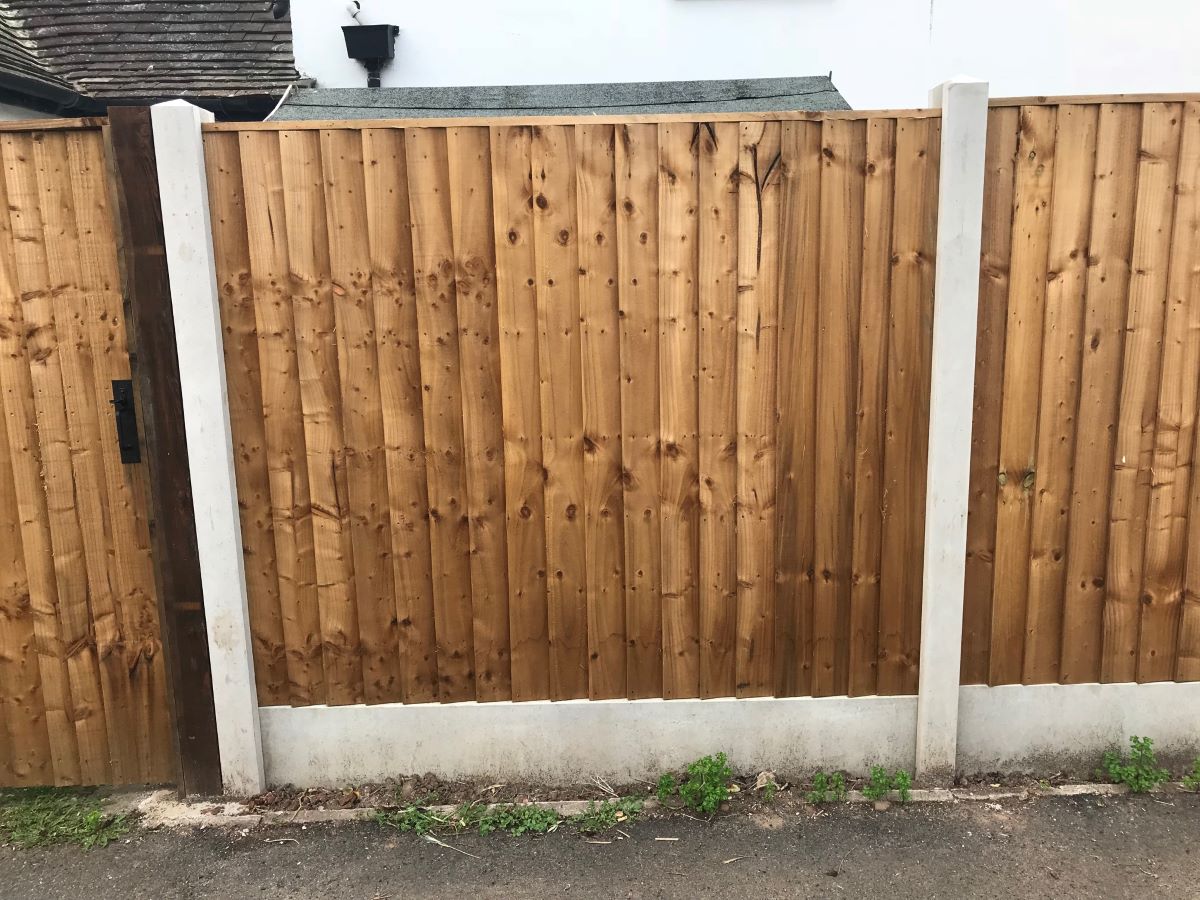

Articles
How Wide Is A Fence Panel
Modified: December 7, 2023
Discover the ideal width for your fence panels with our informative articles. Find the perfect dimensions and ensure a seamless installation for your fencing project.
(Many of the links in this article redirect to a specific reviewed product. Your purchase of these products through affiliate links helps to generate commission for Storables.com, at no extra cost. Learn more)
Introduction
When it comes to installing a fence, one of the key considerations is the width of the fence panels. The width of a fence panel determines the overall structure and aesthetic appeal of the fence. It not only impacts the functionality and security of the fence but also plays a vital role in enhancing the overall curb appeal of your property.
Understanding the standard width of fence panels and the factors that can influence their width is essential for making informed decisions. In this article, we will explore the standard fence panel width, factors affecting fence panel width, common variations in fence panel width, and tips for choosing the right fence panel width for your specific needs.
By the end of this article, you will have a comprehensive understanding of fence panel widths, enabling you to select the perfect panels for your fencing project.
Key Takeaways:
- Standard fence panel widths typically range from 4 to 8 feet, with 6 feet being the most common. Consider the purpose, security needs, budget, property design, and climate when choosing the right width for your fence panels.
- Factors such as purpose, security, budget, property design, and climate should be considered when deciding on the width of your fence panels. Seek professional advice to ensure the best choice for your specific circumstances.
Read more: How Wide Are Fence Pickets
Standard Fence Panel Width
The standard width of a fence panel typically ranges from 4 feet to 8 feet. Most common fence panels are around 6 feet wide. This width is considered standard because it provides a good balance between privacy, security, and affordability.
A 6-foot wide fence panel is generally suitable for residential properties, offering sufficient privacy while maintaining an open and airy feel. It allows for easy installation and is widely available in most hardware and home improvement stores.
On the other hand, 4-foot wide fence panels are commonly used for ornamental purposes such as garden fences or to mark boundaries. These panels are lighter and less sturdy compared to wider panels and are often used to complement the landscaping or enhance the visual appeal of the property.
8-foot wide fence panels are less common but are used in situations where greater privacy and security are required. They are often chosen for commercial properties or properties located in areas where additional security measures are needed.
It’s worth noting that the height of the fence panels may vary depending on the specific style and purpose of the fence. While the standard height for most fences is around 6 feet, taller panels can be used to accommodate specific needs or local regulations.
When selecting fence panels, it is important to consider the purpose of the fence, local regulations, and the overall design and style of your property.
Factors Affecting Fence Panel Width
Several factors can influence the width of fence panels. Understanding these factors will help you determine the most suitable width for your specific fencing needs:
1. Purpose of the Fence: The primary purpose of your fence will play a significant role in determining the ideal panel width. If you are looking for privacy, wider fence panels with less gap between them will be more suitable. For decorative purposes or marking boundaries, narrower panels may be preferred.
2. Security Requirements: The desired level of security will also impact the width of the fence panels. For higher security needs, wider panels can provide a more substantial barrier and deter potential trespassers.
3. Budget Considerations: The cost of the fence panels may also influence the decision regarding their width. Generally, wider panels are more expensive due to the increased amount of material required. It’s important to strike a balance between your budget constraints and the desired width of the panels.
4. Local Regulations: Local regulations and building codes may have specific requirements regarding the width of fence panels. It’s essential to check with your local authorities to ensure compliance before selecting a particular width.
5. Landscape and Property Design: The landscape and design of your property can also impact the width of the fence panels. If you have uneven terrain or obstacles, narrower panels may be easier to install and adapt to the surroundings. Wide panels may be more suitable for flat and open spaces.
6. Climate and Weather Conditions: Climate and weather conditions can affect the structural integrity of the fence. In windy areas, narrower panels with less surface area can be more resistant to strong gusts. In areas prone to snow or heavy rainfall, wider panels may be better at preventing damage or collapse.
Considering these factors will help you make an informed decision about the width of the fence panels, ensuring that they meet your specific requirements and circumstances.
When measuring the width of a fence panel, be sure to account for any additional width from posts or support structures. It’s important to measure the actual width of the panel itself, not just the visible portion.
Common Variations in Fence Panel Width
While the standard widths of fence panels are typically 4 feet, 6 feet, and 8 feet, there can be variations in the width based on specific needs and preferences. Here are some common variations in fence panel width:
1. Custom Sizes: Some fence manufacturers offer the option of customizing the width of the panels. This allows you to have panels that are tailor-made to fit your property’s unique requirements. Custom sizes can range from narrower panels for small spaces to wider panels for larger areas.
2. Tapering Panels: In certain situations, such as following the contour of a sloping landscape, tapered fence panels are used. These panels have one end wider and the other end narrower to accommodate the changing height of the ground. This ensures a seamless and visually appealing installation.
3. Modular Systems: Some fencing systems use modular panels that can be connected together to create the desired width. These modular panels often come in standard widths but can be combined to achieve wider or narrower sections as needed.
4. Multi-Width Panels: In an effort to provide flexibility and ease of installation, some manufacturers offer fence panels that have multiple widths within a single panel. These panels feature sections of different widths, allowing you to create a unique and visually interesting pattern.
5. Overlapping Panels: Another way to adjust the width of a fence is to overlap multiple panels. By overlapping the panels, you can create a wider section without the need for custom sizes. This method is commonly used when the desired width falls between standard panel sizes.
6. Modular Components: Some fencing systems are not sold as complete panels but as modular components that can be assembled to create a fence of any width. These systems often provide the flexibility to adjust the width by adding or removing components as needed.
It’s important to note that while there may be variations in fence panel width, it’s essential to maintain consistency throughout the installation for a cohesive and aesthetically pleasing look.
By considering these common variations in fence panel width, you can find a solution that best suits your needs and enhances the overall appearance of your property.
Choosing the Right Fence Panel Width for Your Needs
Choosing the right fence panel width is crucial for meeting your specific needs and achieving the desired balance between functionality, security, and aesthetics. Here are some factors to consider when selecting the width of your fence panels:
1. Purpose and Function: Determine the primary purpose of your fence. If privacy is a top priority, opt for wider panels with minimal gaps between them. For decorative purposes or to mark boundaries, narrower panels may be more suitable.
2. Desired Level of Security: Assess the level of security you require. Wider panels can provide a more robust barrier and deter potential intruders. However, keep in mind that taller fence panels may also be necessary in some cases to enhance security.
3. Consider Your Budget: Take your budget into account when choosing the width of your fence panels. Wider panels generally require more material, resulting in higher costs. Strike a balance between your budget and the desired panel width to ensure affordability.
4. Compliance with Local Regulations: Check local regulations and building codes to ensure that the selected fence panel width complies with the rules in your area. Failure to adhere to these regulations may result in fines or even the need to modify the fence.
5. Evaluate Your Property’s Design: Consider the layout and design of your property. If you have uneven terrain or obstacles, narrower panels may be easier to install and adapt to the surroundings. Flat and open spaces may better accommodate wider panels.
6. Assess Climate and Weather Conditions: Take into account the climate and weather conditions in your area. In windy regions, narrower panels with less surface area can be more resilient against strong gusts. Wider panels may be preferable in areas prone to heavy snowfall or rainfall to prevent damage or collapse.
7. Seek Professional Advice: If you are unsure about the ideal width for your fence panels, consult with a professional fencing contractor. They can provide valuable insights and guidance based on their expertise and knowledge of local factors.
By carefully considering these factors, you can choose the right fence panel width that aligns with your needs, enhances the functionality and security of your fence, and complements the overall design of your property.
Read more: How Wide Is A Fence Gate
Conclusion
Choosing the right width for your fence panels is an important decision that can significantly impact the functionality, security, and overall aesthetic appeal of your property. By understanding the standard widths, factors that affect panel width, common variations, and the considerations in selecting the width, you can make an informed decision that meets your specific needs.
Standard fence panel widths typically range from 4 feet to 8 feet, with 6 feet being the most common. These widths strike a balance between privacy, security, and affordability, making them suitable for many residential applications. However, custom sizes, tapered panels, and modular systems offer additional flexibility for unique requirements.
Factors such as the purpose of the fence, security requirements, budget, local regulations, property design, and climate conditions should be taken into account when deciding on the width of your fence panels. Evaluating these factors will help you select the appropriate width that fulfills your specific needs and ensures compliance with local regulations.
Consider the purpose of your fence. Choose wider panels for increased privacy and narrower panels for decorative or boundary-marking purposes. Assess your desired level of security and budget constraints to strike the right balance. Additionally, evaluate your property’s design, including factors like terrain and obstacles, to determine the most suitable panel width.
Lastly, it is always advisable to seek professional advice from a fencing contractor to ensure that you are making the best choice for your specific circumstances. They can provide expert insights and recommendations based on their experience and knowledge of local factors.
By carefully weighing all these considerations, you can confidently choose the right fence panel width that enhances the functionality, security, and visual appeal of your property. Whether you opt for standard widths or explore custom options, selecting the right width will ensure that your fence stands strong and beautiful, adding value to your property for years to come.
Frequently Asked Questions about How Wide Is A Fence Panel
Was this page helpful?
At Storables.com, we guarantee accurate and reliable information. Our content, validated by Expert Board Contributors, is crafted following stringent Editorial Policies. We're committed to providing you with well-researched, expert-backed insights for all your informational needs.
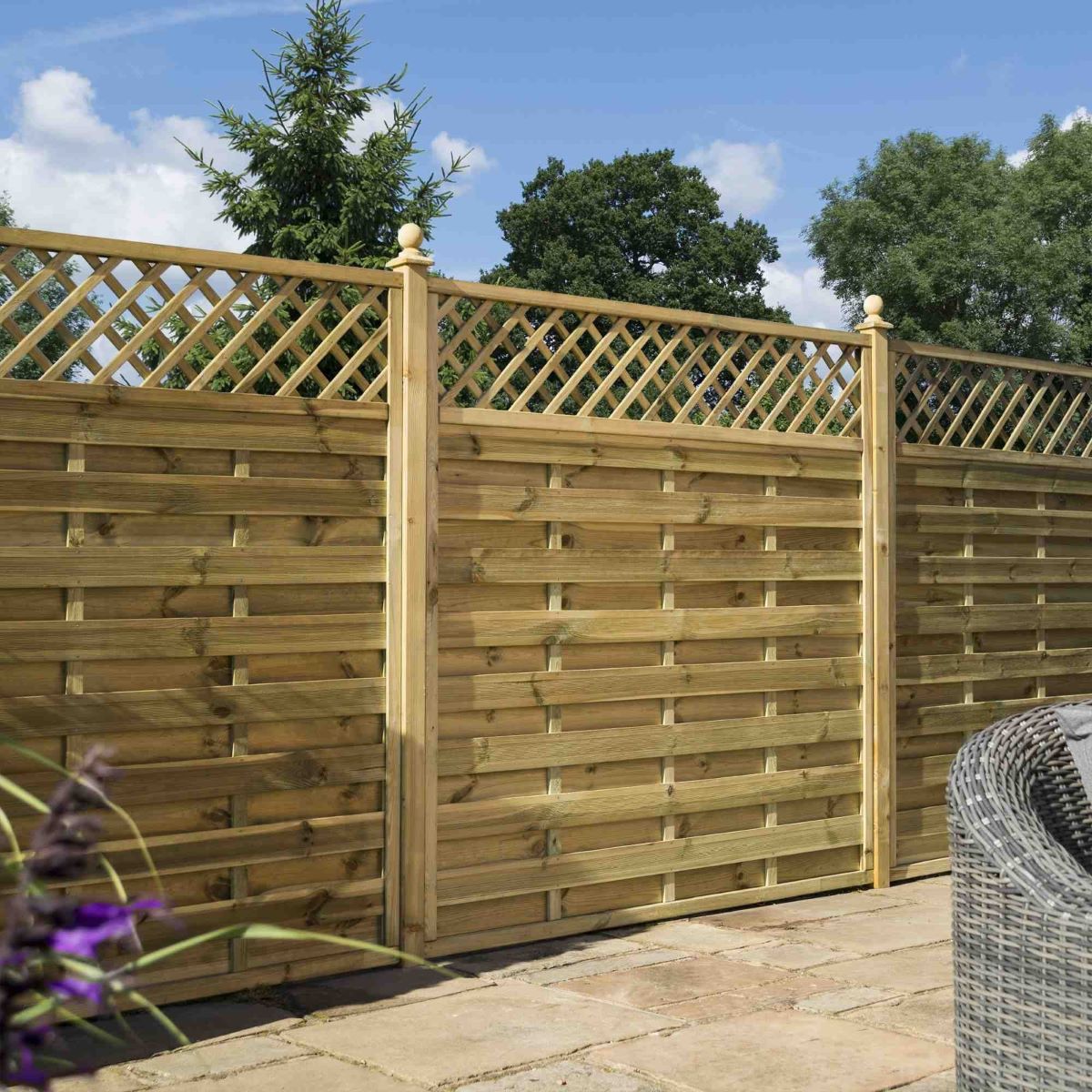
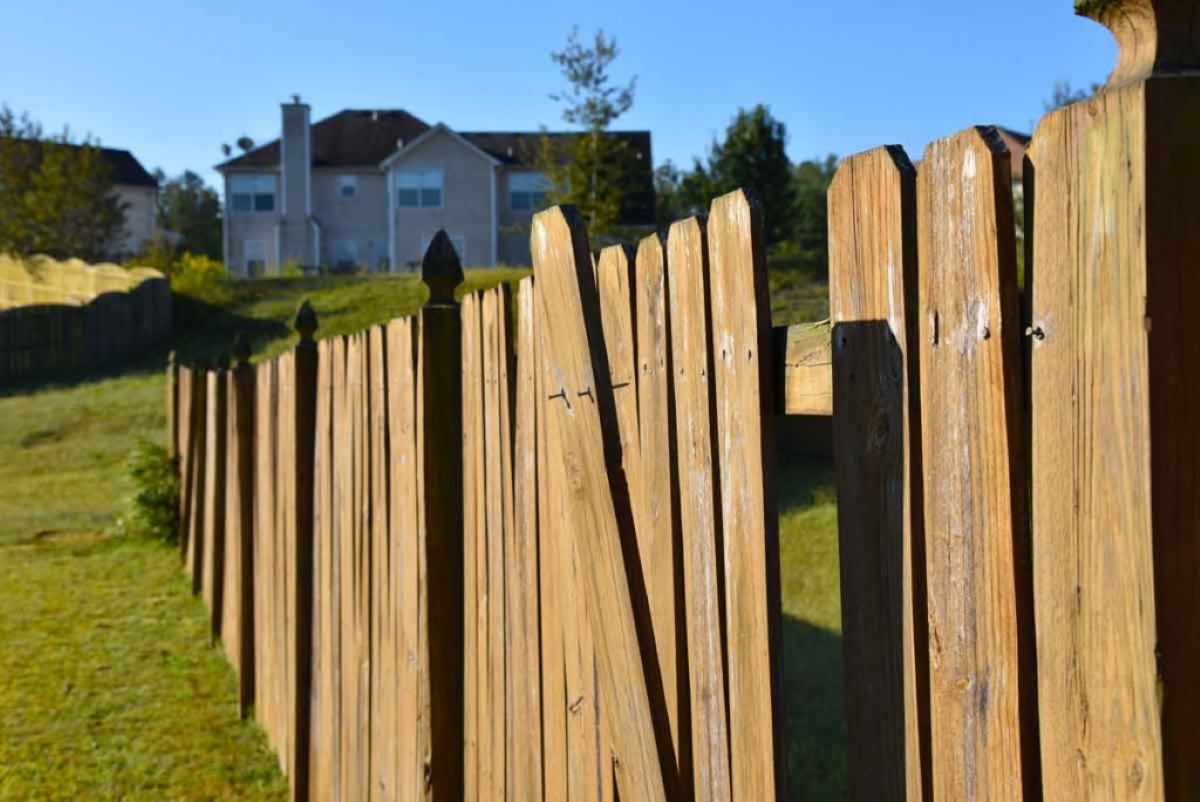

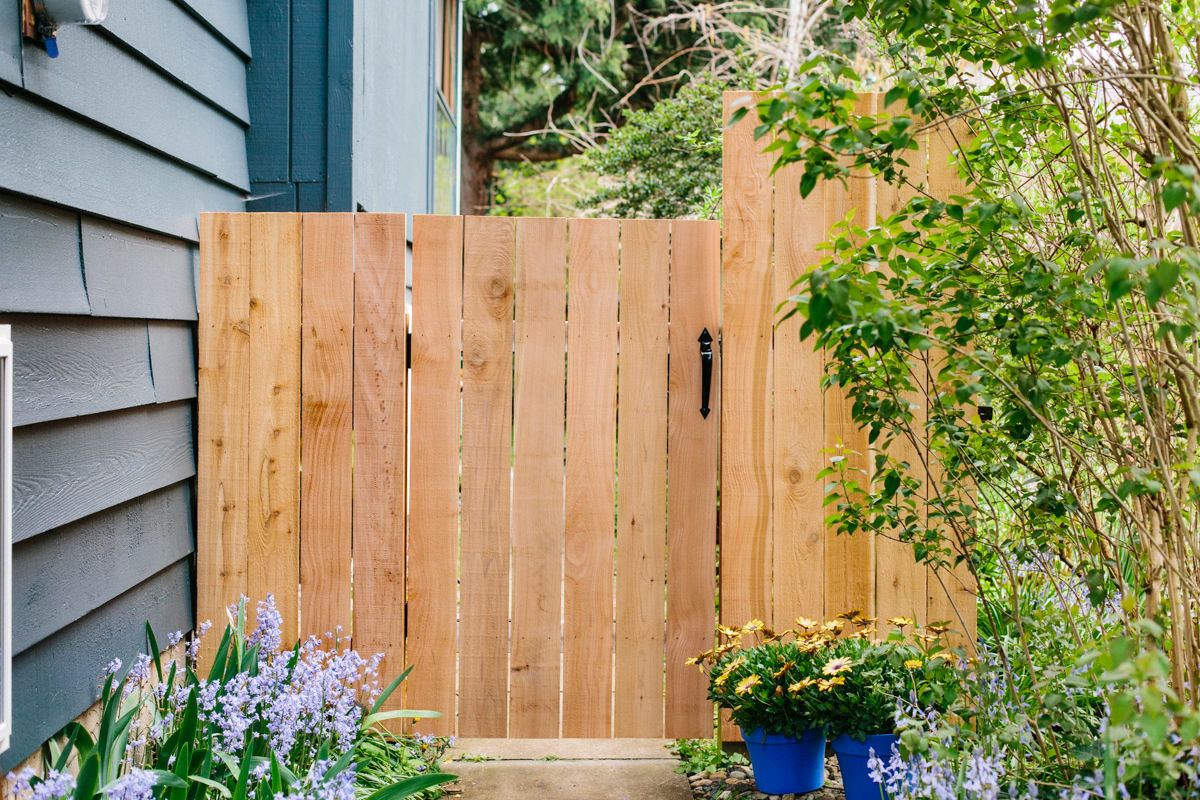
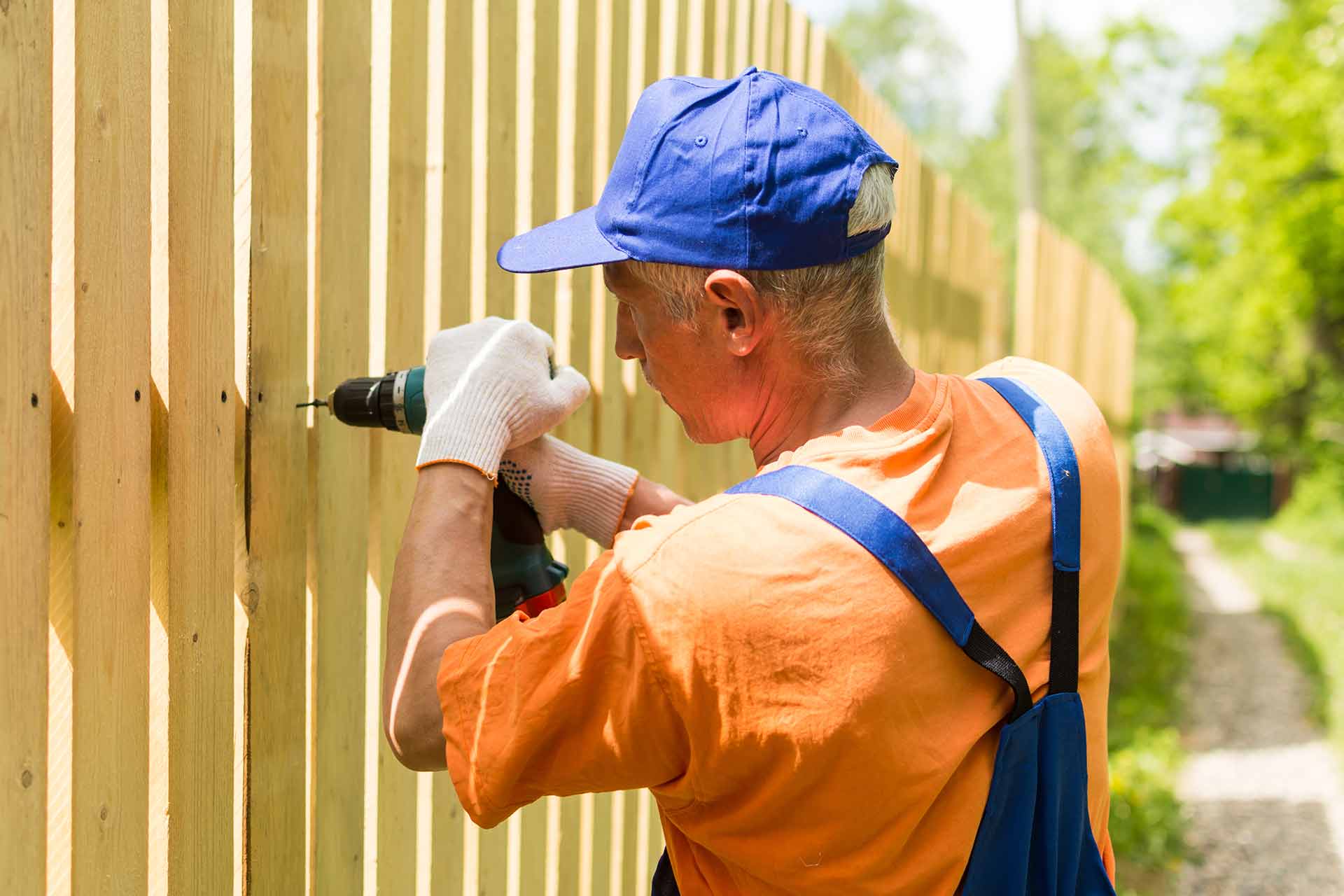
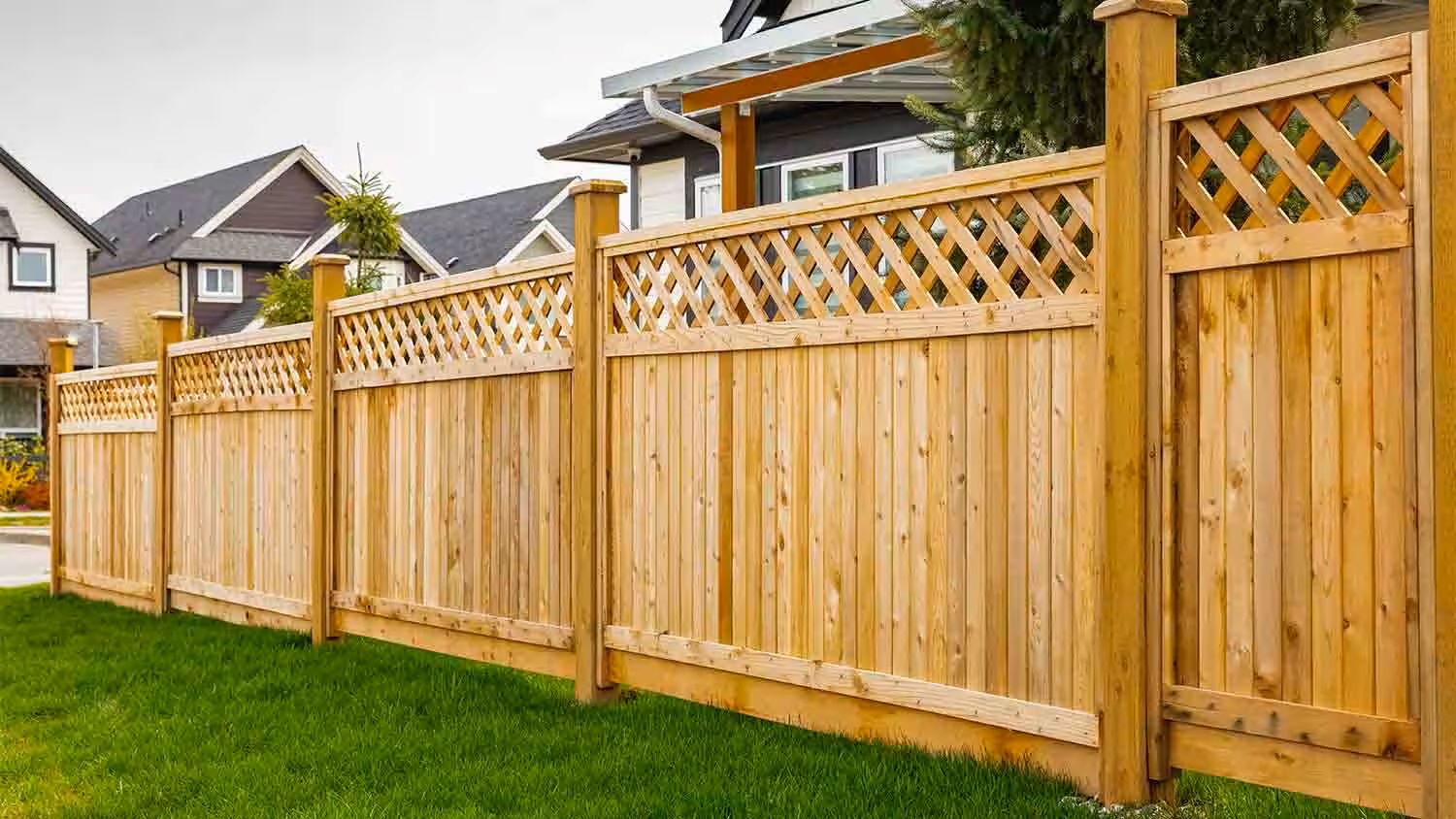

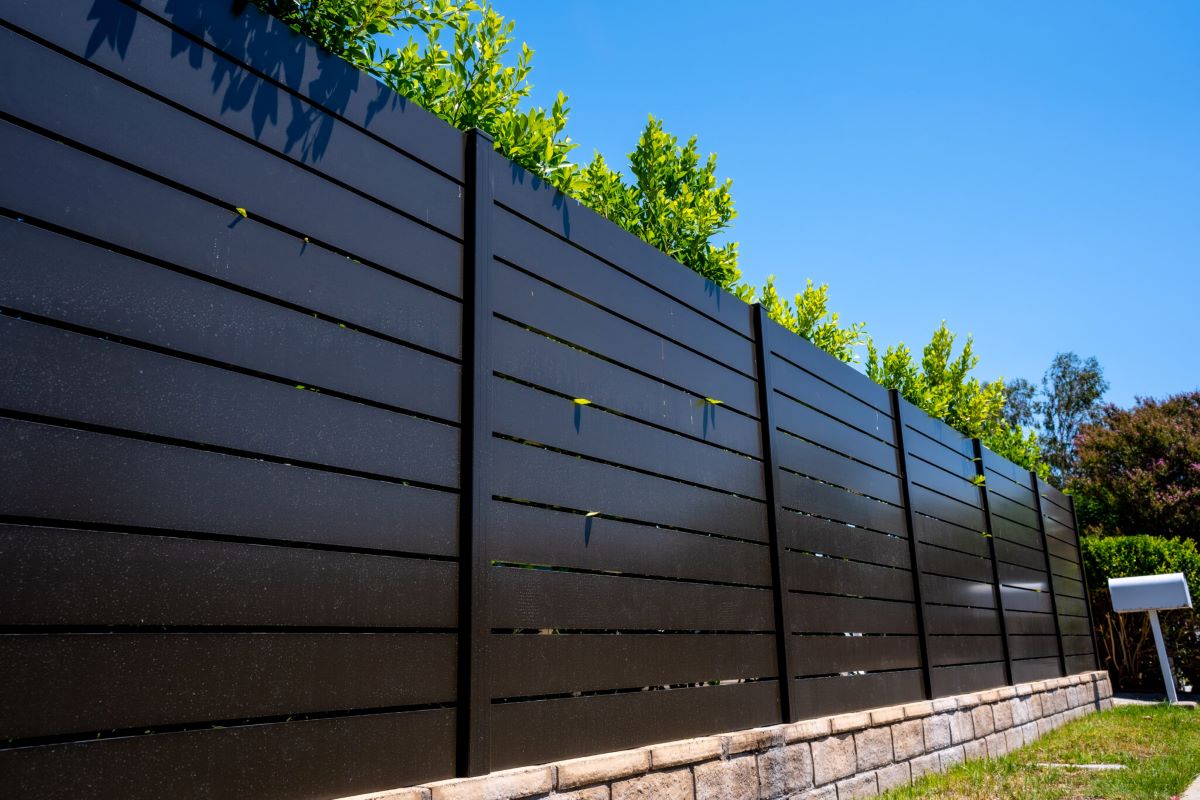
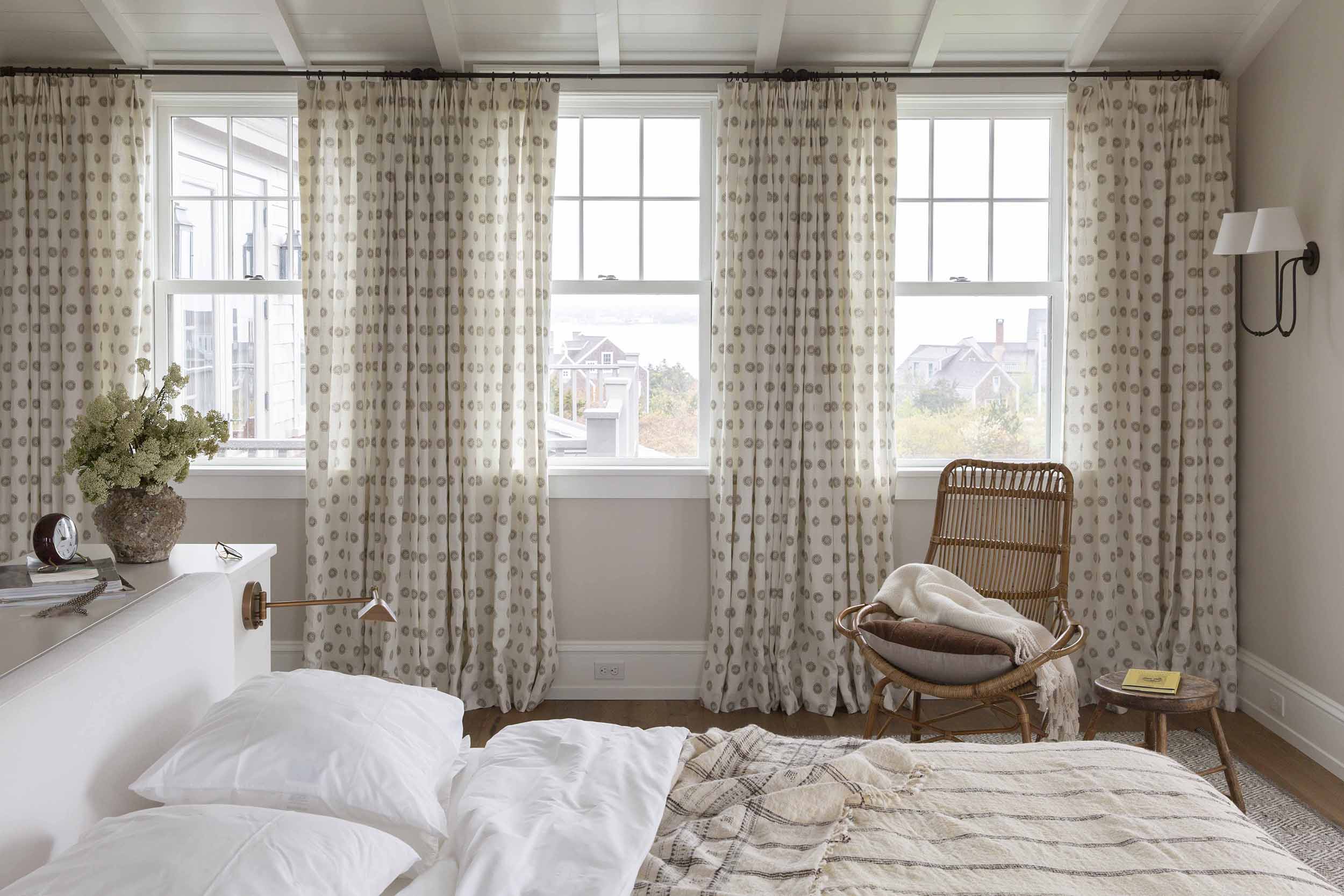
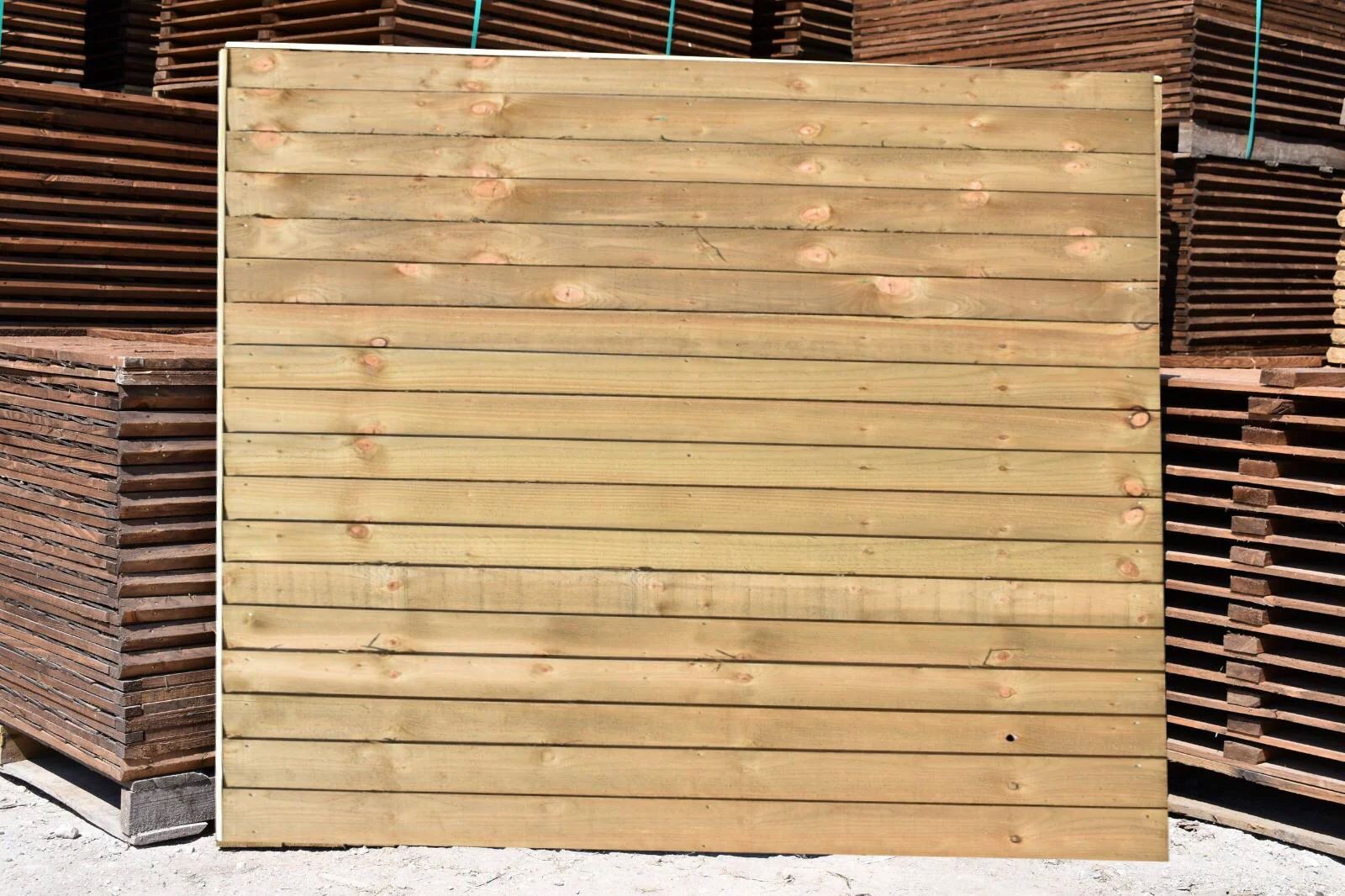
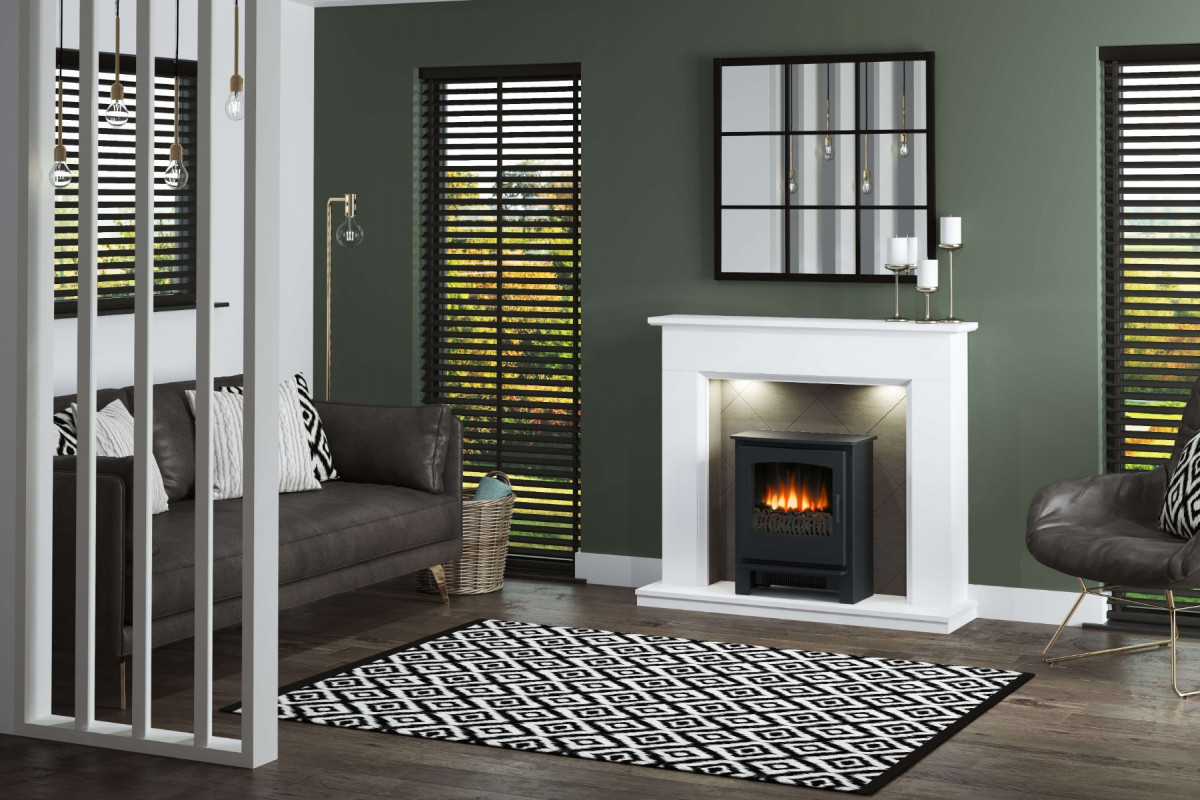
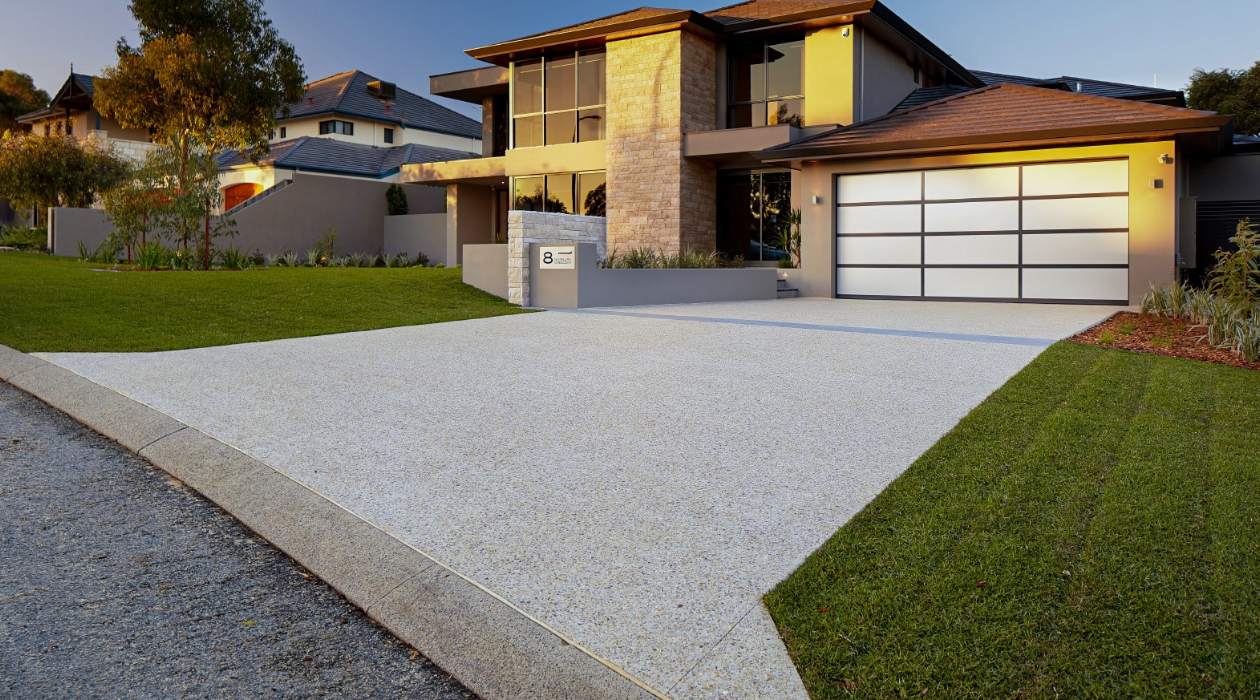
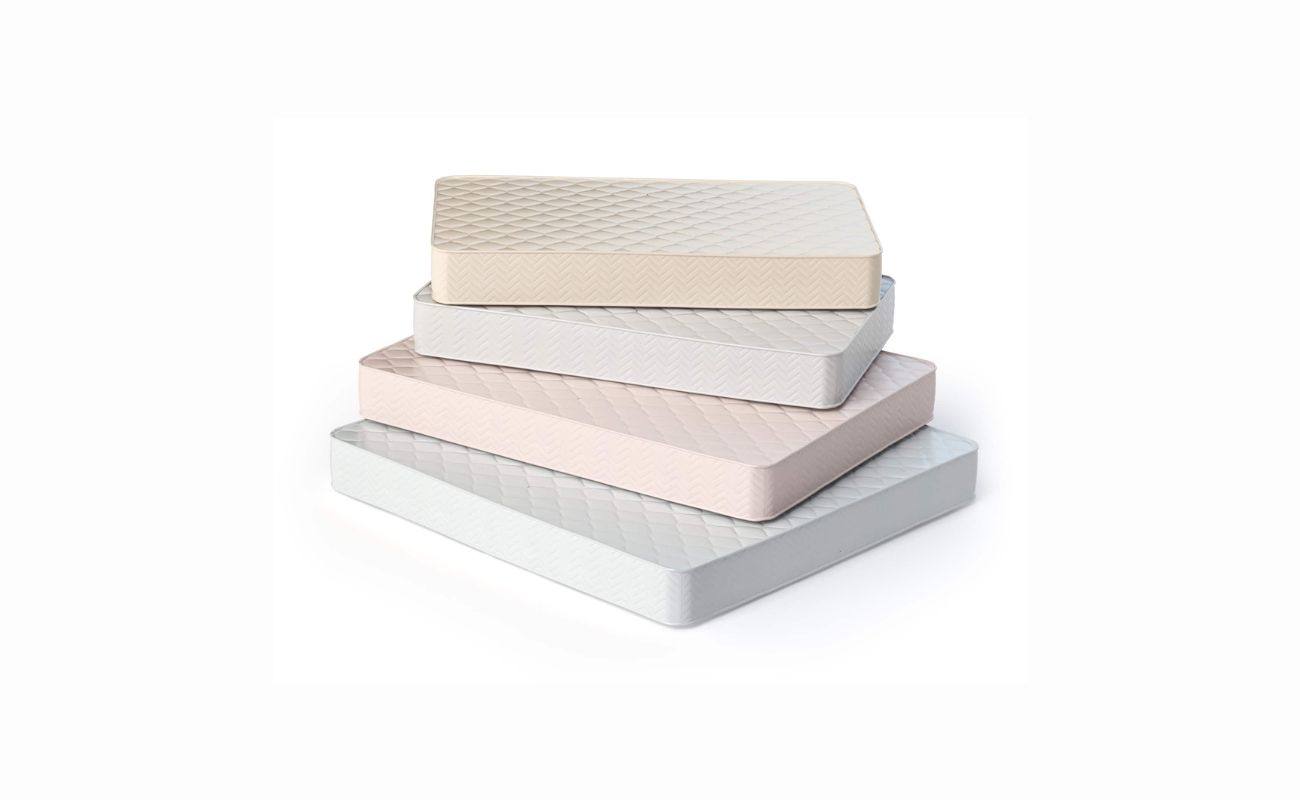
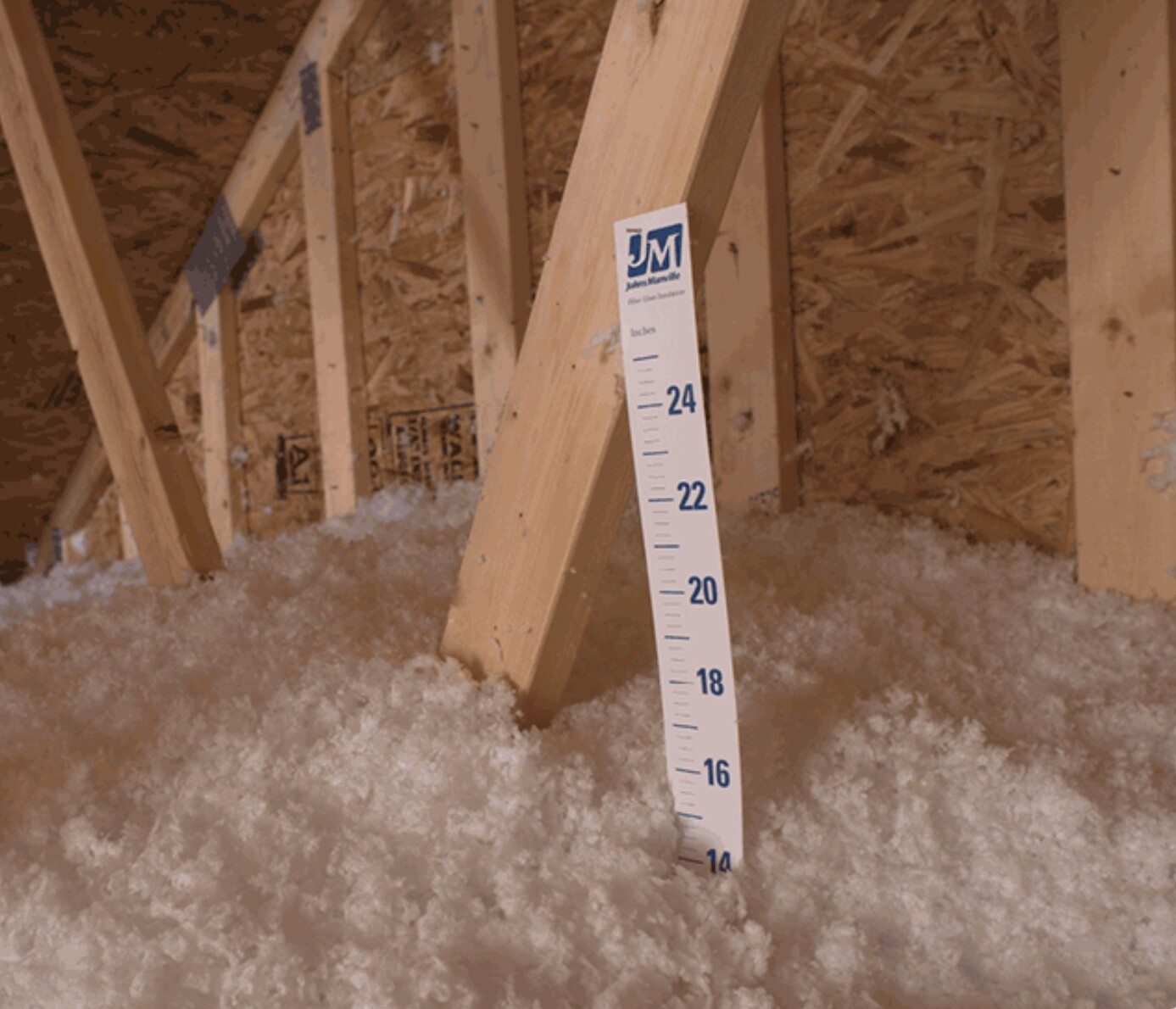

0 thoughts on “How Wide Is A Fence Panel”